FRACTURES IN THE ELDERLY PART II
Following with fractures in the elderly we will talk about wrist fractures.
The wrist is a joint formed by the ulna, the radius and the first row of the carpal bones.
The main mechanism of production of these fractures continues to be the falls that, together with the decrease in bone density, increase the probabilities of fractures in this age group of patients.
Symptom:
The first symptom is pain that increases when trying to mobilize the wrist, along with inflammation that can extend to the hand.
Another sign that we can observe in cases where there is displacement of the fracture is a deformity at the level of the wrist.
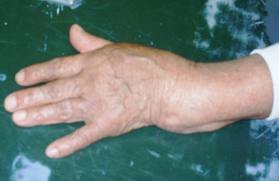
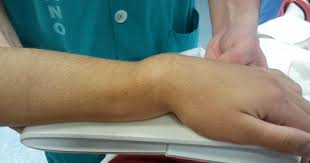
What to do?
As in my previous post if you have the possibility call the emergency service to come to your help.
If you do not have an emergency service, you must immobilize the affected area to reduce the pain and prevent it from continuing to become inflamed.
This can be done using a cardboard or magazine immobilizing from the elbow to the hand.
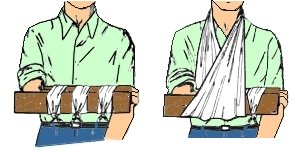
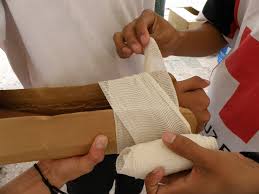
Once this is done, you should go to a hospital as soon as possible.
When arriving at the hospital, an adequate immobilization will be placed and radiological studies will be carried out in order to determine the type of fracture.
Wrist fractures are varied, ranging from a simple, non-displaced and stable fracture to complex, multiple and displaced fractures.
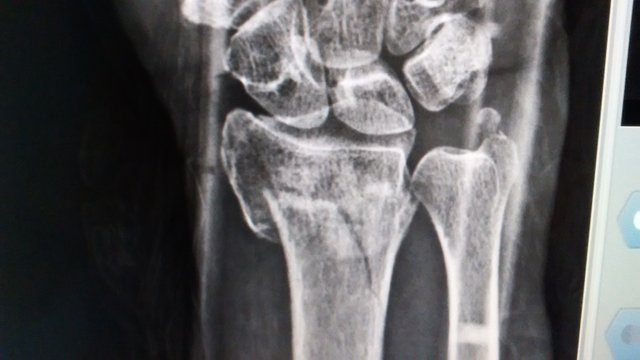
The treatment varies from simple procedures such as a cast to surgeries that require the use of percutaneous wires, external fixators or plates
 ![alambres.jpg]
![alambres.jpg]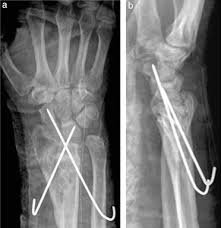

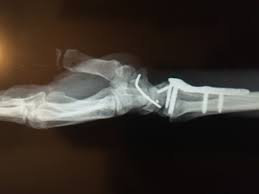
In general, the healing period is 6 to 8 weeks, subsequently requiring physiotherapy.
I hope it has been useful to you
See you